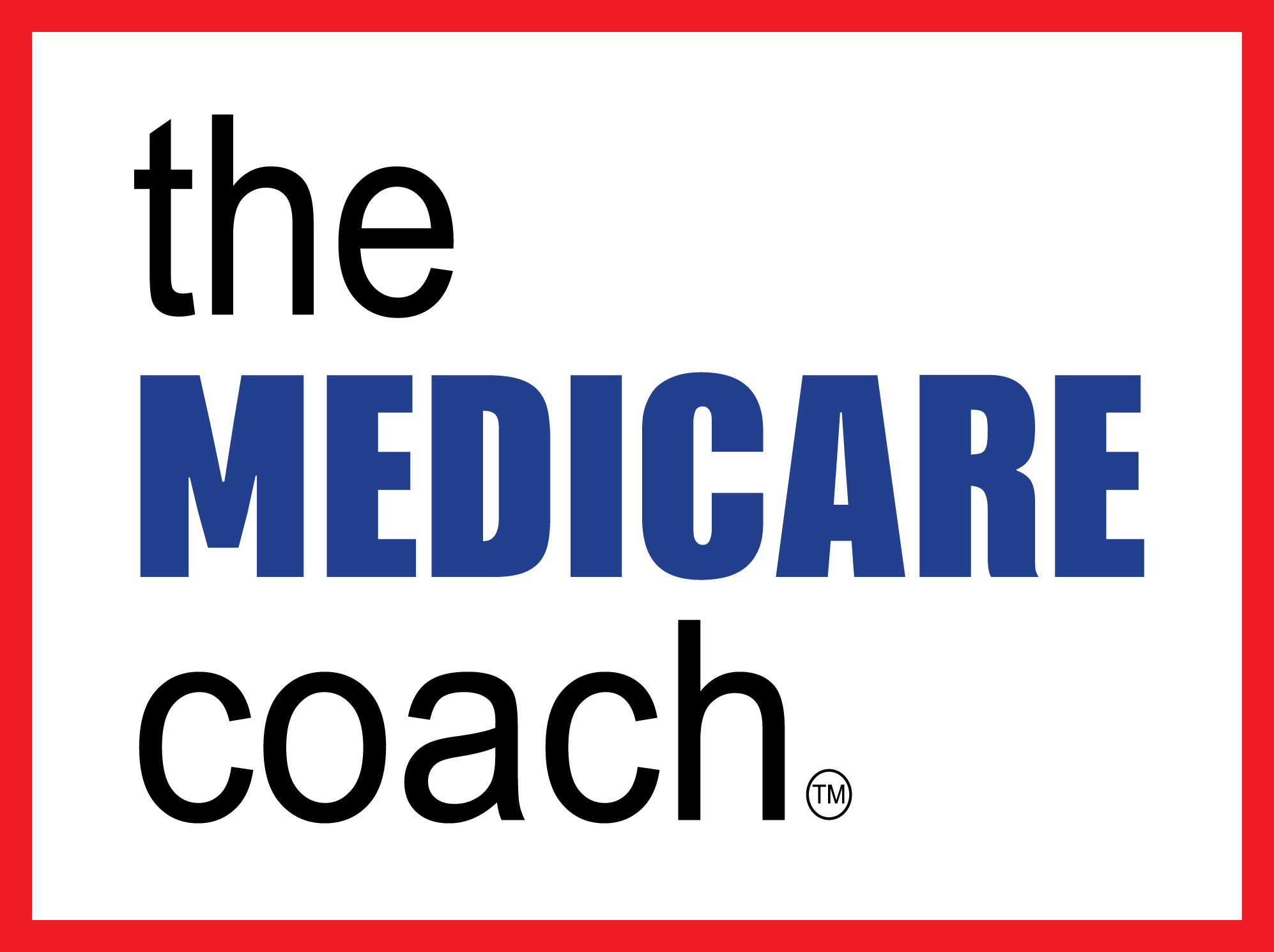Did you know that every year people waste thousands of dollars because they picked the wrong prescription plan?
The reason they are wasting money is because they didn’t understand the plan they signed up for. Most people pick a plan based on the monthly premiums…which is a big mistake.
When looking a Medicare prescription plans it’s critical to understand the ‘tiers’ in the plan and which tier your medications are in.
Medicare Part D prescription plans, generally, categorize medications into five ‘tiers’, or levels. The tier in which your medication falls will determine your prescription copay.
Most plans place “Preferred Generic” medications in Tier 1. These are medications that have become the industry standard for treating or preventing certain illnesses. Copays for this tier typically range from $0 to $3, depending on the plan.
Medications that are considered “Generic” tend to fall in the second tier. For example, the Centers for Medicare and Medicaid Services (CMS) recently recognized Rosuvastatin as the generic for Crestor. Since this is a newer generic medication the copay would be higher than that of a Tier 1 medication; on average, copays are around $10 to $15 and can vary by plan.
“Preferred Brand” medications are those that have yet to become available in generic form, so they are the lowest-cost form of the drug and are often listed on Tier 3. Copays can range from $35 to $47 for most plans.
Tier 4 consists of “Non-Preferred” medications; which are higher-priced brand-name and generic medications not listed in the preferred tiers. Most plans offer cost-sharing coverage for these medications, resulting in a 45% copay (approximately).
Specialty medications are listed in Tier 5. Most of these medications are used to treat complex or debilitating conditions like cancer or multiple sclerosis. Part D prescription plans typically offer cost-sharing coverage and copays are about 33% of the retail price of the medication.
With an average of 22 plans offered in each state during Medicare’s Annual Election Period, it is important to complete an individualized comparison of your medications against plans offered in your area. Not all plans tier medications in the same way, and copays vary.
Not too long ago we saved a client $52,000 by finding a prescription plan that had his medications in the lower cost tiers.
So, when you are deciding your Medicare prescription plan please make sure you understand what you are signing up for so you don’t waste your money.
Please email me at larry@mymedicarecoach.com if you have questions, or want help deciding which Part D prescription plan would be best for you.


